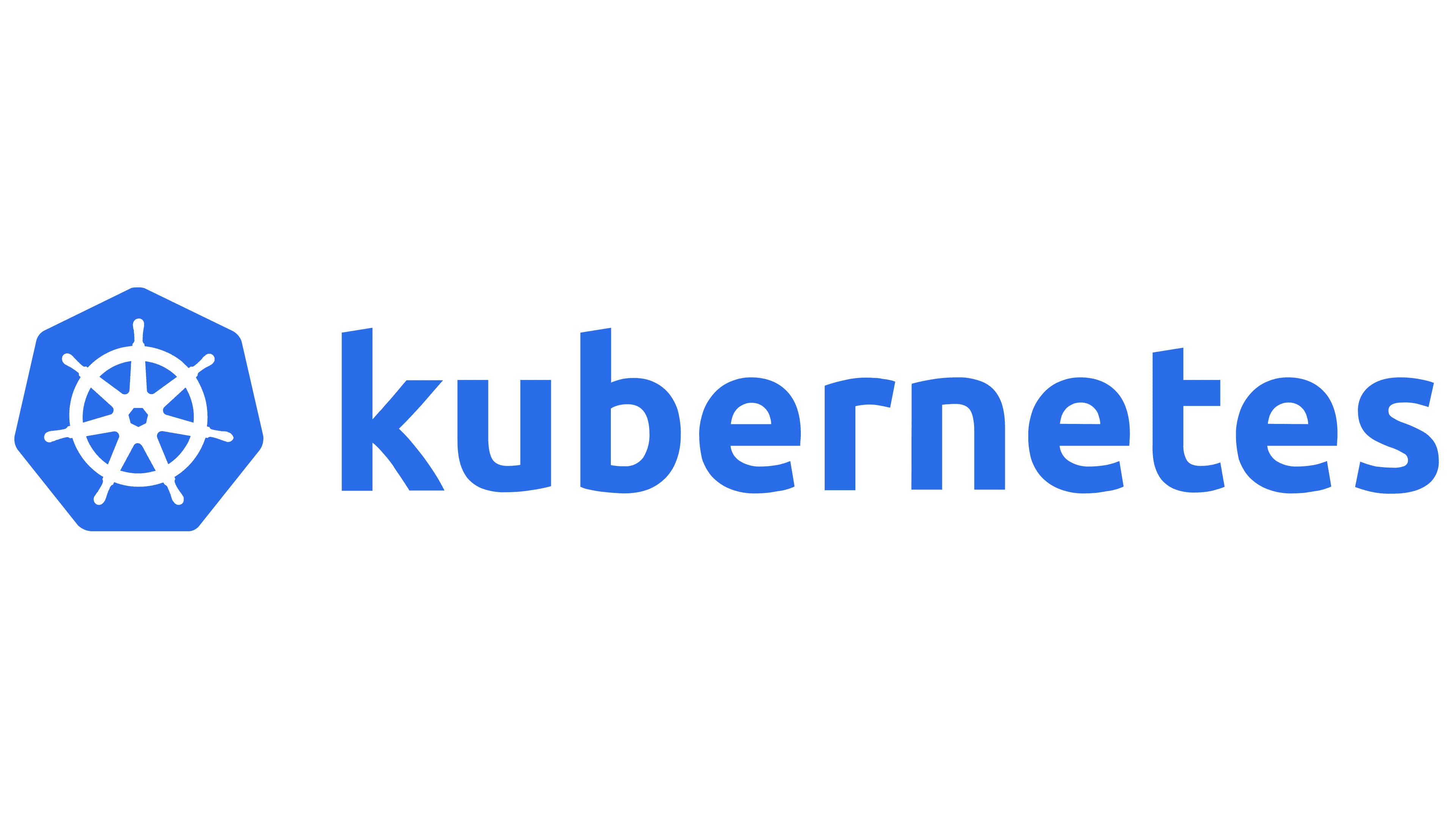How Traffic Flows Between Different Component Of Kubernetes Cluster - ( In HINDI)
 Rahul Raj Singh
Rahul Raj Singh
Note: jab user request karta hai to wo sabse pahle wo request api sever ke pas ke aata hai, api server usko authenticate aur authorize karta hai. Suppose user ne ek pod create karne ka request kya. Kubectl apply -f pod.yaml
Fir is request ko etcd me save kar diya jata hai, is me pod ka pura configuraion save ho jata hai. Ye etcd me jo save hua wo hi desired state hota hai.
Abb control manager, desired state ke change ko regularly check karte rahata hai, matlab ki etcd me koi change hua kya, conrol manager, api-server ko querry kar ke check akrte rahat hai. Suppose pod create karne ka request aaya to, pod ko manager karne wala controller activate ho jata hai. Is controller ko ‘replication controller’ kahte hai.
Ye controller disired number of pod ko actual running pod jitna match karne ka kaam karta, iske liye ise chehe pod ko create karna pade ya fir delete karna pade.
K8s me bahut sare pod hote hai eg. node conroler, service controller, namespace controller, deomonset controller etc… ye sabhi controller apne specific type ke resource ko mange karte hai.
Jab control manager ke dwara pod create karne/delete karne ka request confirm ho jata hai ki , han chalo ye pod create karna hai , ya ye pod delete karna hai.
Tab ye request sheduler ko bhej diya jata hai, sheduler pod ke configuration dekhta hai, check karta hai ki kitna resoure request kiya gaya hai, isme koi taint / toleration hai kya? Saari chijo ko dhayan me rakh me ek best ideal node ko choose karta hai aur pod creation request ko us node par bhej diya jata hai, basicaly iss node ko hamlog worker node ke naam se jante hai.
Woh request Worker node ke paas aane ke baad, kublet us request ko recive karta hai, aur fir ise containerD ko bhej diya jata hai, then lastly containerD us configuration ke anusar pod create kar deta hai.
Worker node par do incident ho sakta hai, either pod sccusseflly create hoga , ya fir koi error aayega, both case me kublet api server ko report karta hai, aur api server current status ko etcd me update kar deta hai. (Any incident happens on worker node is reported back to api-server by kublet )
Ye cycle chalte rahata hai.
Inshort, etcd cluste ka database, isme cluster ke sabhi resouce se smabhandit informaion stored rahta hai. Isme api-serveer, controll managers, schedulers data read/write ka kaam karte rahata hai.
Hope i am able to make you understand in easy way.
Thank you.
Subscribe to my newsletter
Read articles from Rahul Raj Singh directly inside your inbox. Subscribe to the newsletter, and don't miss out.
Written by

Rahul Raj Singh
Rahul Raj Singh
hi i talk about devops cloud japanese languge and international affairs